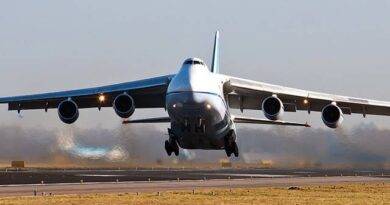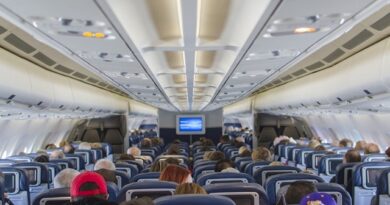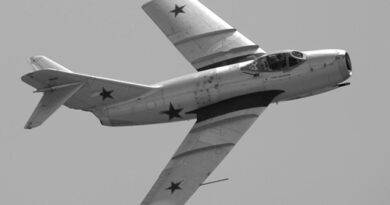Canard Wing Aircraft: An In-Depth Guide
Introduction The canard wing configuration, where a small forward wing (canard) is placed ahead of the main wing, has a distinctive impact on aircraft design and performance. Originally developed to enhance stability and control, canard designs have been used in various military and civilian aircraft.
What is a Canard Wing?
A canard wing is a horizontal surface located at the front of an aircraft, functioning similarly to a tailplane but placed ahead of the main wing. This design allows the canard to generate lift and contribute to the overall aerodynamic balance of the aircraft.
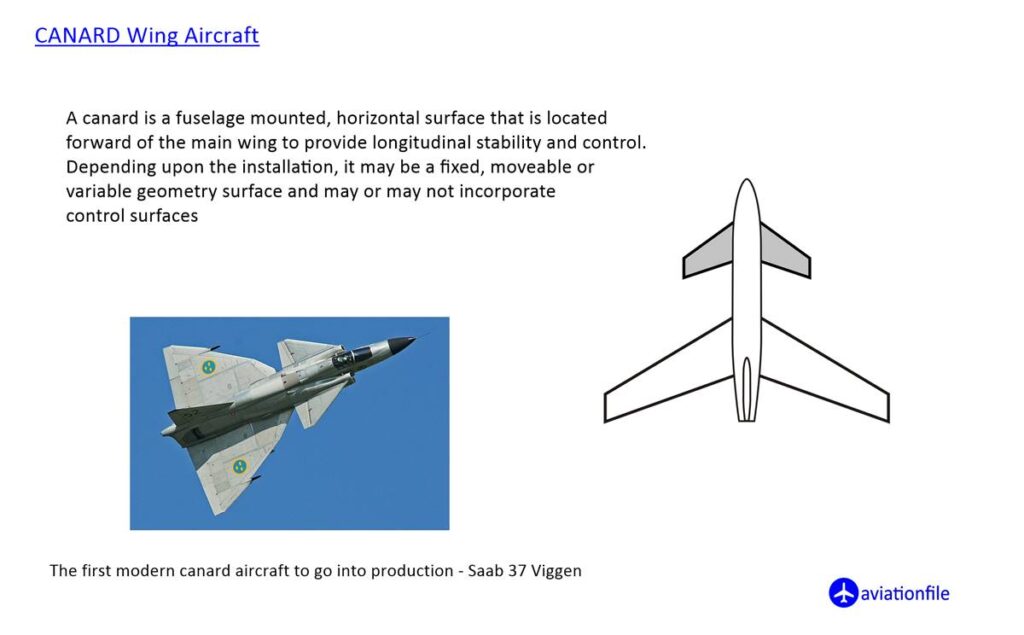
Advantages of Canard Wings
- Improved Pitch Control: The forward placement of the canard enhances the aircraft’s pitch response. This is particularly beneficial for fighter jets and other high-performance aircraft requiring quick and precise maneuverability.
- Enhanced Lift Efficiency: In some designs, the canard contributes to overall lift, reducing the load on the main wing and potentially lowering the required wing size. This can result in a lighter, more efficient airframe.
- Optimized Cabin Space: With the stabilizing surfaces moved forward, the design allows for more streamlined and aerodynamically efficient fuselage shapes, which can also free up space within the cabin.
- Reduced Stall Risk: In many canard configurations, the forward surface stalls before the main wing, naturally lowering the aircraft’s nose and preventing a more severe stall scenario.
Disadvantages of Canard Wings
- Increased Drag: Depending on the specific design, canards can sometimes increase drag, particularly at high angles of attack. This can reduce fuel efficiency and overall performance.
- Complex Stability Management: Canard-equipped aircraft require careful design to ensure proper stability and control, as the interaction between the canard and main wing can complicate aerodynamics.
- Limited Lift Contribution: While canards do generate lift, they are typically smaller than the main wing and may not contribute as significantly to the overall lift of the aircraft, particularly in larger, heavier designs.
Notable Canard Aircraft
- Dassault Rafale: A multirole fighter jet that uses a canard configuration for enhanced maneuverability.
- Rutan Voyager: The first aircraft to fly around the world without stopping or refueling, utilizing a canard layout for its long-endurance capabilities.
- Saab Gripen: Another advanced fighter jet that employs canards for superior agility and control during combat operations.
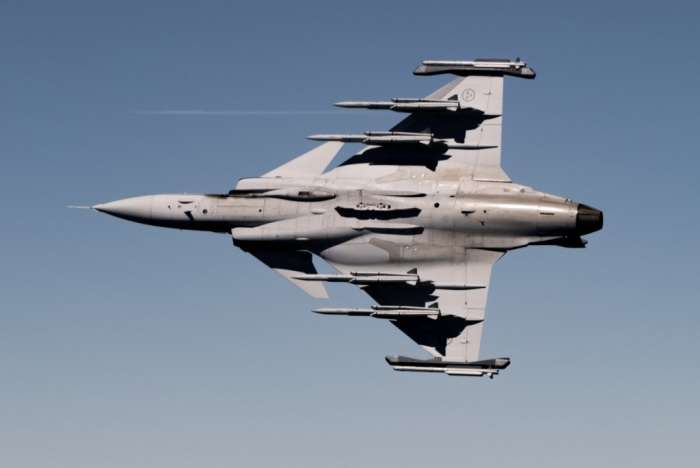
Applications and Future Trends
The canard wing configuration is primarily seen in military and experimental aircraft, though it has also found applications in civilian aviation, particularly in aircraft designed for high efficiency or specialized roles. As aerospace engineering continues to evolve, the use of canard designs may expand into new areas, particularly with the development of advanced materials and computational design techniques.
Conclusion
Canard wing aircraft offer unique advantages in terms of control, efficiency, and design flexibility, making them an important aspect of modern aerodynamics. While they do present challenges, their benefits can be significant, particularly in high-performance applications. As technology progresses, the use of canards is likely to evolve, further influencing the future of aircraft design.
For more articles click.
